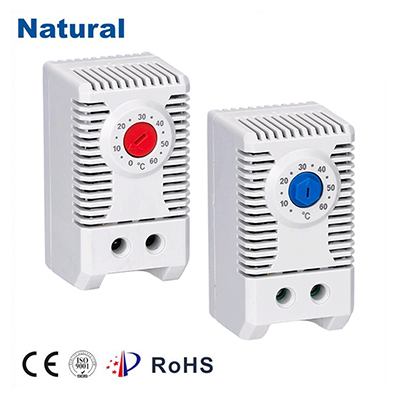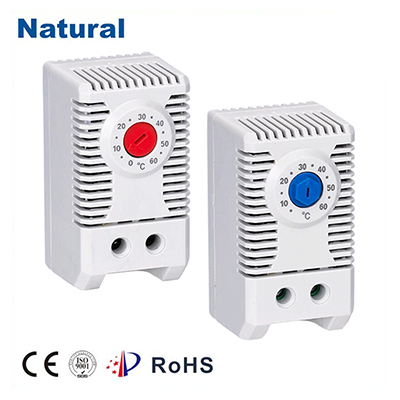Contact thermostats are essential devices used to regulate temperature in various applications, from household appliances to industrial systems. These thermostats operate based on a simple yet effective mechanism: they utilize physical contacts to open or close an electrical circuit in response to temperature changes.

At their core, contact thermostats consist of a temperature-sensitive component that reacts to thermal variations. When the temperature reaches a predefined threshold, the thermostat activates or deactivates an electrical circuit through its contacts. This activation controls the operation of heating or cooling systems, ensuring that the environment remains within the desired temperature range.

One common type of contact thermostat is the bimetallic thermostat. It employs two strips of different metals bonded together, each expanding at different rates as the temperature changes. As the temperature increases, the bimetallic strip bends and triggers the thermostat’s contacts to open or close. This mechanism is prevalent in household appliances like ovens and refrigerators, where precise temperature control is crucial. Another variation is the mercury switch thermostat, which contains a small amount of mercury in a sealed glass tube. As the temperature changes, the mercury moves, completing or breaking the circuit to control the device. These thermostats are valued for their accuracy and reliability but are less common today due to environmental and safety concerns associated with mercury.
